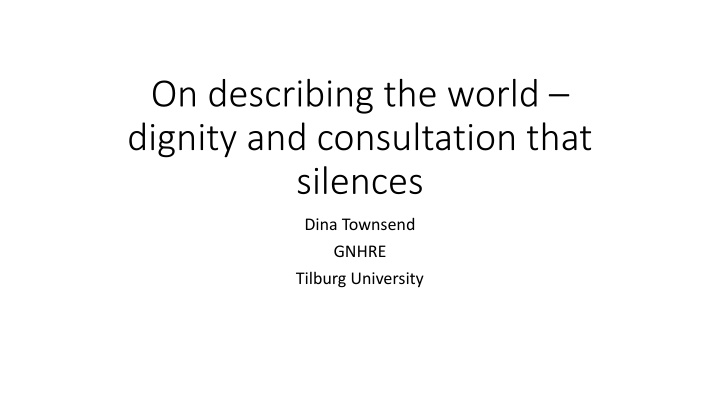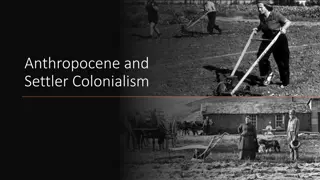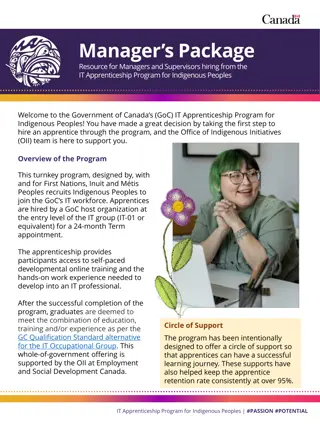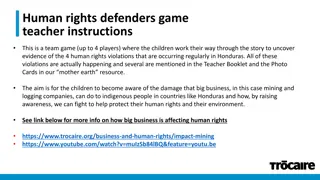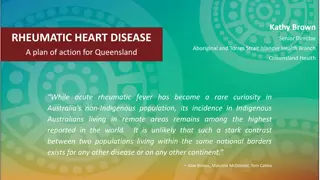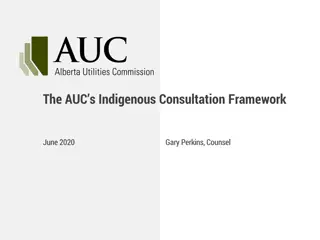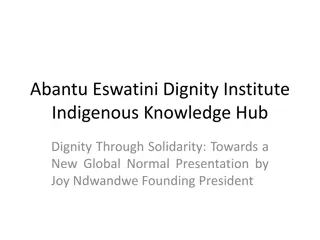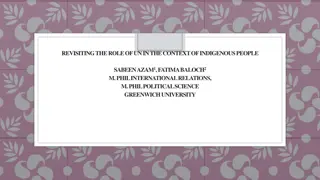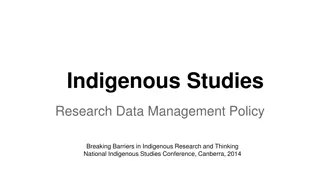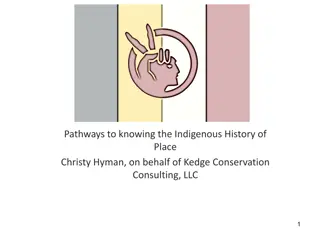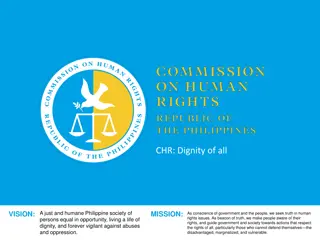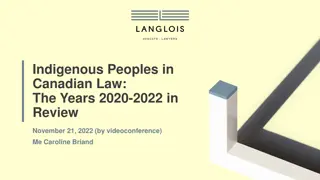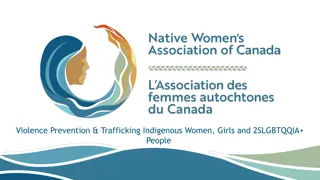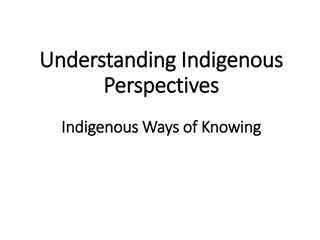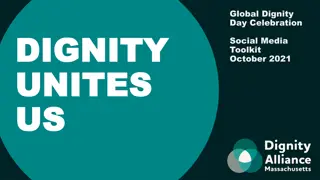Dignity, Consultation, and Indigenous Rights: Exploring Perspectives from Sarayaku and Saramaka Communities
Exploring the intersection of dignity, consultation, and environmental rights through the lens of indigenous communities like Sarayaku and Saramaka. Delve into the importance of informed consultation, the silenced voices in decision-making processes, and the implications for dignity and environmental rights.
Download Presentation

Please find below an Image/Link to download the presentation.
The content on the website is provided AS IS for your information and personal use only. It may not be sold, licensed, or shared on other websites without obtaining consent from the author.If you encounter any issues during the download, it is possible that the publisher has removed the file from their server.
You are allowed to download the files provided on this website for personal or commercial use, subject to the condition that they are used lawfully. All files are the property of their respective owners.
The content on the website is provided AS IS for your information and personal use only. It may not be sold, licensed, or shared on other websites without obtaining consent from the author.
E N D
Presentation Transcript
On describing the world dignity and consultation that silences Dina Townsend GNHRE Tilburg University
Rights to Dignity Environmental rights Rights to Consultation
Indigenous communities and the approach of the Inter-American system Consultation is essential to securing both indigenous interests in territory and environment, and indigneous culture, belief and identity. Sarayaku: - the right to consultation is protected precisely in recognition of [indigenous and tribal communities ] rights to their own cultural identity.
Informed consultation/consent Saramaka: Communities must be provided with information about all environmental and health risks associated with any decision relating to their territory. States are obliged to ensure that a full environmental and social impact assessment is completed and that the results of this assessment are made available to affected communities. The assessment must be done by external, independent experts. = One-way approach to informed consultation Describing the world is something technical experts do while indigenous communities only testify to their practices or their cultural beliefs.
Indigenous descriptions of the world Sarayaku v Ecuador: Beneath the ground, ucupacha, there are people living as they do here. There are beautiful towns down there; there are trees, lakes and mountains. Sometimes you hear doors shutting in the mountains; that is the presence of those that live there We live in the caipacha. The powerful and ancient shaman lives in the jahuapacha. There everything is flat, beautiful I don t know how many pachas there are above, where the clouds are there is a pacha; where the moon and stars are there is another pacha; beyond this there is another pacha, where there are paths made of gold; then this there is another pacha where I have been, which is a planet of flowers where I saw a beautiful hummingbird that was drinking honey from the flowers.
On silencing Jennifer Hornsby: The use of language is a social action, consisting of the production and reception of utterances. We need to pay attention to both speaker and audience - the audience needs to recognise what the speaker is up to . Hornsby calls this reciprocity : An audience who participates reciprocally does not merely understand the speaker s words but also, in taking the words as they are meant to be taken, satisfies a condition for the speaker s having done the communicative thing she intended.
Silenced through consultation Implications for dignity Implications for environmental rights
